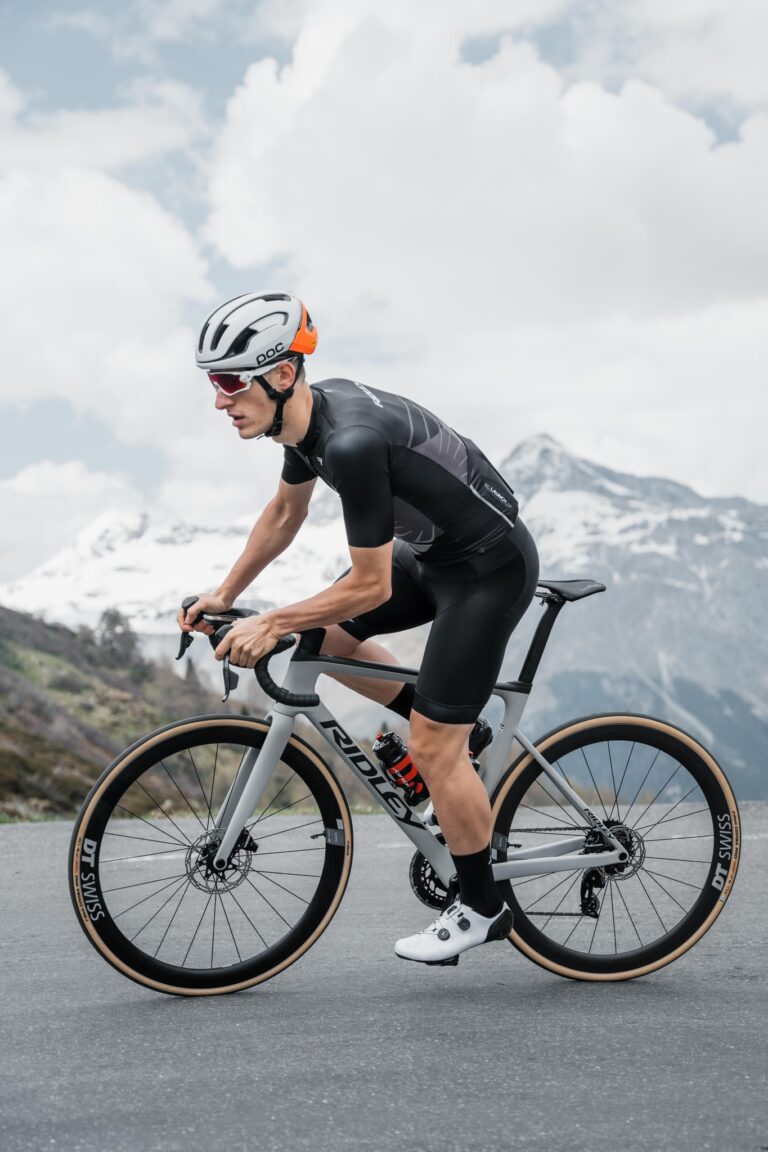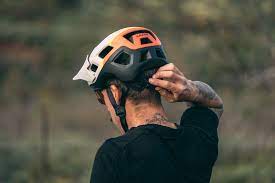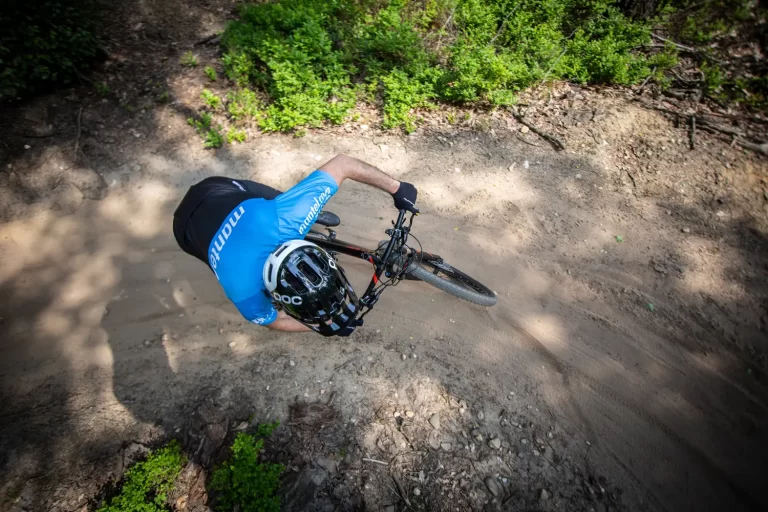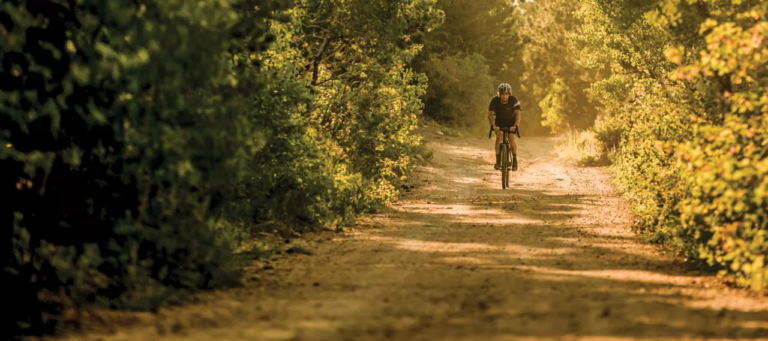Equipping Young Riders: How to Choose a Road Bike Helmet for Kids
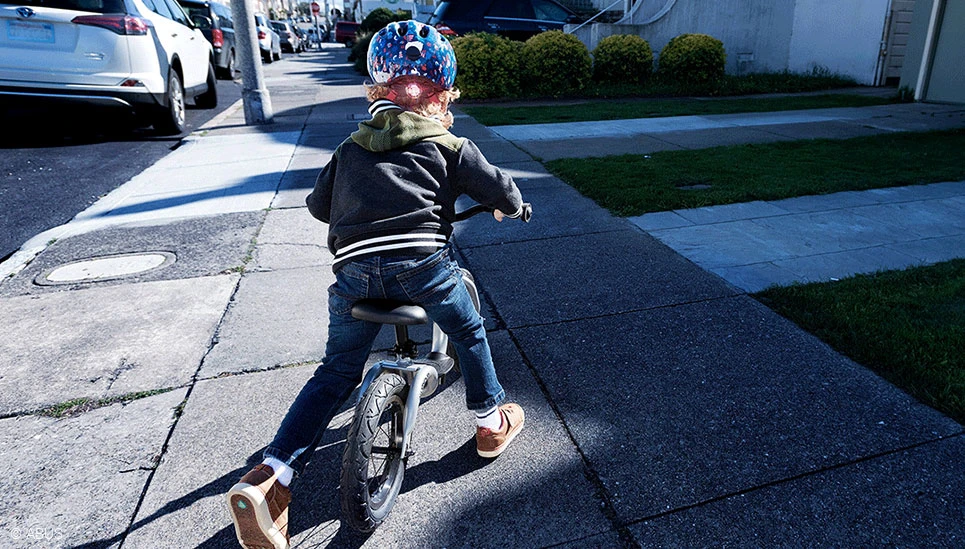
Key Point Summary of How to Choose a Road Bike Helmet for Kids:
- Certified Safety Standards: Ensure the helmet meets established safety certifications.
- Proper Fit and Adjustability: A helmet must fit snugly and offer adjustability for growth.
- Ventilation: Adequate airflow is crucial for comfort on warmer rides.
- Visibility: Bright colors and reflective elements enhance safety.
Delving into the world of cycling, particularly on the tarmac, emphasizes the need for safety and comfort, especially for young riders. My journey through the disciplines of mountain biking, gravel grinding, and cyclocross has not only honed my skills but also deepened my understanding of the crucial role gear plays in a cyclist’s journey.
This guide is tailored to assist parents and guardians in selecting the right road bike helmet for their budding cyclists, ensuring their ventures into road biking are both safe and enjoyable.
Prioritizing Safety with Certified Helmets
The paramount concern when choosing any cycling helmet is safety. Opt for helmets that boast certifications such as CPSC or CE EN1078, indicating they’ve passed rigorous safety testing. This assurance is crucial for peace of mind as young riders navigate roads.
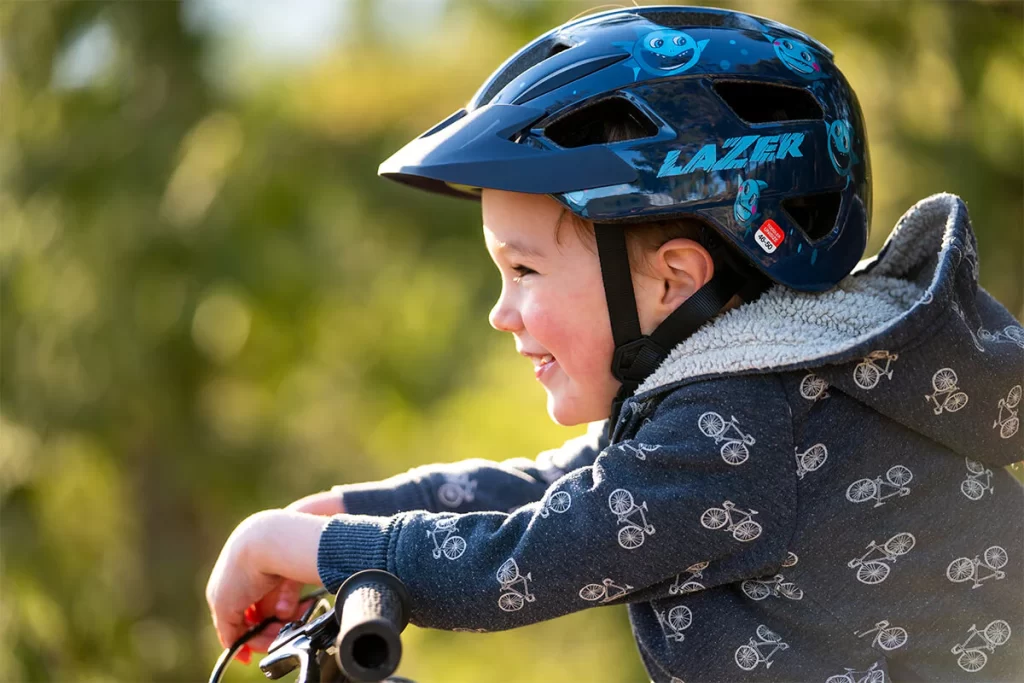
Finding the Perfect Fit
A helmet’s effectiveness is significantly compromised if it doesn’t fit properly. Look for youth helmets that offer adjustable sizing, usually through a dial at the back, to ensure a close fit. It should sit level on the head, not rock side to side, and remain stable during movement. A good rule of thumb is to ensure the helmet sits about an inch above the eyebrows, securing the forehead while allowing for visibility.
Ensuring Comfort Through Ventilation
Kids can heat up quickly while riding, making adequate ventilation a necessity for comfort. Select helmets with multiple air vents that facilitate airflow, cooling the head and reducing sweat build-up during rides. This feature becomes increasingly important during summer months or in warmer climates.
Enhancing Visibility on the Road
Visibility is key to safety, especially for children who may be less predictable to motorists. Choosing helmets in bright colors or with reflective detailing can make young riders more noticeable. Some helmets also offer integrated lights or attachment points for added visibility during dusk or dawn rides.

Additional Considerations
- Weight: Lighter helmets are less cumbersome and more comfortable for young riders.
- Aesthetics: Letting kids choose a helmet design they love encourages consistent wear.
- Durability: Kids can be tough on gear. Durable materials and construction extend the lifespan of the helmet, providing better value over time.
Final Thoughts
Selecting the right road bike helmet for kids is a balance of safety, comfort, and personal preference. By prioritizing certified safety standards, ensuring a proper fit, and considering factors like ventilation and visibility, parents can equip their young cyclists for safer and more enjoyable road biking experiences.
As someone who has navigated the broad spectrum of cycling, I understand the importance of instilling a love for the sport through positive, safe early experiences—starting with the right helmet.
One of the best road bike helmets for kids that consistently receives high marks for safety, comfort, and style is the Giro Scamp MIPS. This helmet stands out for several reasons:
- MIPS Technology: Includes Multi-Directional Impact Protection System (MIPS) to reduce energy from rotational forces in the event of a crash.
- Adjustable Fit System: Equipped with a Roc Loc Jr. fit system, it offers an easy way to adjust the helmet for a secure and comfortable fit as the child grows.
- Ventilation: With ample venting, the Scamp MIPS is designed to keep young riders cool and comfortable on their rides.
- Visibility: Comes in a variety of bright colors and designs, which not only appeal to kids but also improve visibility for increased safety on the road.
The Giro Scamp MIPS combines crucial safety features with child-friendly design elements, making it an excellent choice for young road cyclists.
John

FAQ
What age is a 54cm helmet for?
Helmet sizes are more about head circumference than age. However, a 54cm helmet often fits older children and teenagers, roughly ages 8-14, but it’s essential to measure the child’s head since sizes can vary widely.
How do I know what size helmet to buy my child?
Measure the circumference of your child’s head just above the eyebrows with a flexible tape measure, then compare this measurement to the helmet manufacturer’s size chart.
Can kids wear adult bike helmets?
Kids can wear adult helmets if their head size fits into the adult helmet’s sizing range properly. The key is ensuring the helmet fits snugly and securely for effective protection.
What size helmet for a 7 year old?
Helmet sizes vary by manufacturer, but many 7-year-olds fit into helmets sized around 50-54cm. Always measure your child’s head circumference to choose the most accurate size.
